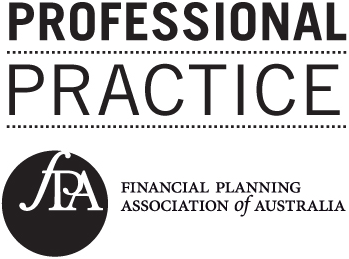Paying for health care in retirement
In retirement, an Australian couple needs from $4,700 to $9,400 a year to pay for health care , according to the Association of Superannuation Funds of Australia, and the average cost of private health insurance rose 4.8 per cent in 2017, far outpacing inflation.

This high and ever-increasing cost of health care, combined with longer life spans, has elevated the need to plan for paying for doctor visits, prescriptions and other medical costs in retirement.
Vanguard’s Roadmap to Financial Security identifies health risk as one of five risks that you need to understand and evaluate when you plan for retirement. The others are:
- Market risk
- Longevity and mortality risk
- Event risk, the risk that large and unexpected expenses, such as property damage, will punch a hole in retirement funds
- Tax and policy risk, the risk that a change in a government rule or policy will affect your financial plans
Vanguard defines health risk as both the risk of needing care because of deteriorating health and the risk of not being able to afford it because of a lack of insurance coverage, government benefits, or financial resources.
Accounting for health risk is complicated because it encompasses so many uncertainties. Retirement may be many years in the future, outlays vary wildly depending on the length and type of care, and few people can predict how aging will affect their health.
In addition, health risk is intertwined with other risks. Women, for example, face greater longevity risk, but that makes them more likely to require more expensive care in later years. Australia’s aging population may put pressure on government budgets, potentially changing health-care and other funding.
If you are approaching or in retirement, start by calculating your risk in three areas:
- Overall health. Assessing your current health is a good starting point. If you have good health, you may not need to worry as much about higher costs in retirement. But if you have a chronic illness or know you will have to take a certain medication for the rest of your life, tally up your out-of-pocket expenditures to estimate potential retirement costs. You should also take lifestyle and genetics into account.
- Available coverage. Establishing the level of coverage provided by Medicare and other sources can help clarify which types and what portion of expenses will have to be paid from other assets or private insurance.
- Level of desired care. Consider what kind of care you want and determine how to pay for it. You may choose private insurance, for example, if it offers access to preferred doctors. The level of care you desire can increase or decrease total health-care costs and the amount of assets needed to pay for them. After you take these the factors into account, you can better estimate overall health risk and decide how to cover it. You can then match resources such as personal assets in a contingency reserve, public coverage, insurance, or any combination of the three to your needs.
Written by Robin Bowerman, Head of Corporate Affairs at Vanguard.
18 March 2019
Latest eNewsletters
Hot Issues
- AI exuberance: Economic upside, stock market downside
- Becoming a member of an SMSF is easy, but there are other things that need to be considered
- Investment and economic outlook, November 2025
- Move assets before death to avoid tax implications
- ATO issues warning about super schemes
- 12 financial tips for the festive season and year ahead
- Birth date impacts bring-forward NCCs
- Countries with the largest collection or eucalyptus trees
- How to budget using the envelope method
- Accountants united in support for changes
- Investment and economic outlook, October 2025
- Stress-test SMSF in preparation for Div 296
- Determining what is an in-house asset can help determine investment strategy
- Beware pushy sales tactics targeting your super
- Call for SMSF ‘nudge’ in DBFO package
- How Many Countries Divided From The Largest Empire throughout history
- How changes to deeming rates could affect your pension payments
- Five building blocks that could lead to a more confident retirement
- Investment and economic outlook, September 2025
- Caution needed if moving assets to children
- Evolution of ‘ageless workers’ sees retirement age rise
- Younger Australians expect more for their retirement
- New NALE guidance still has issues


